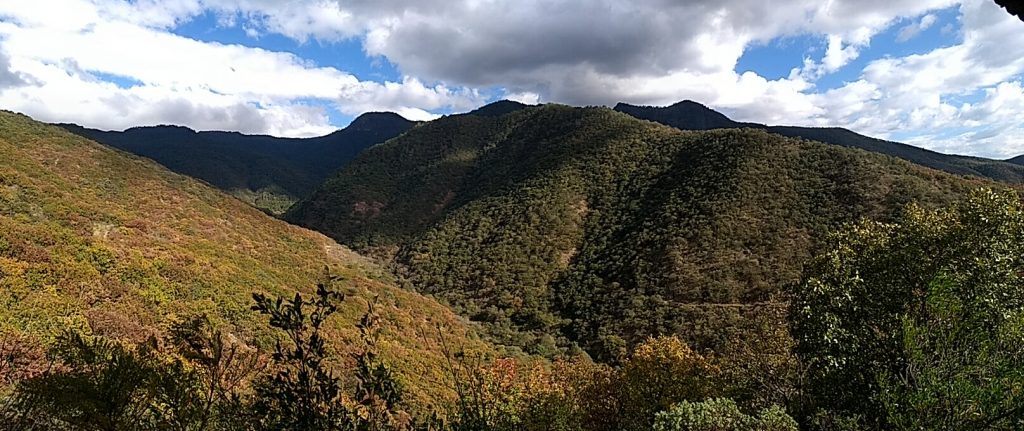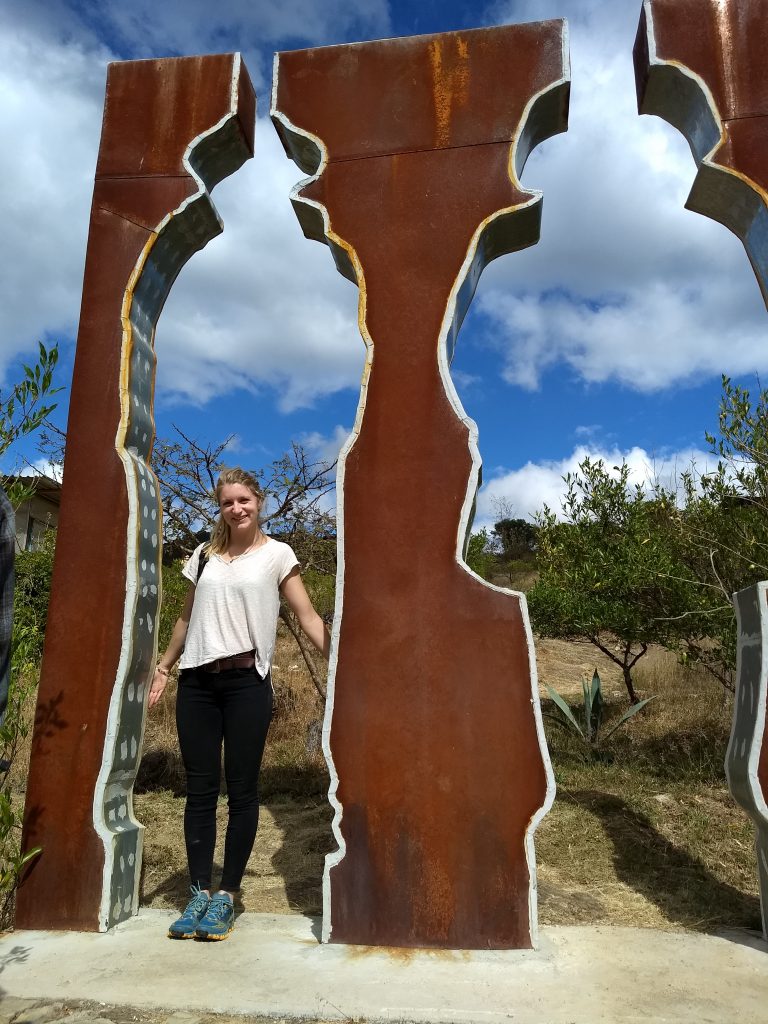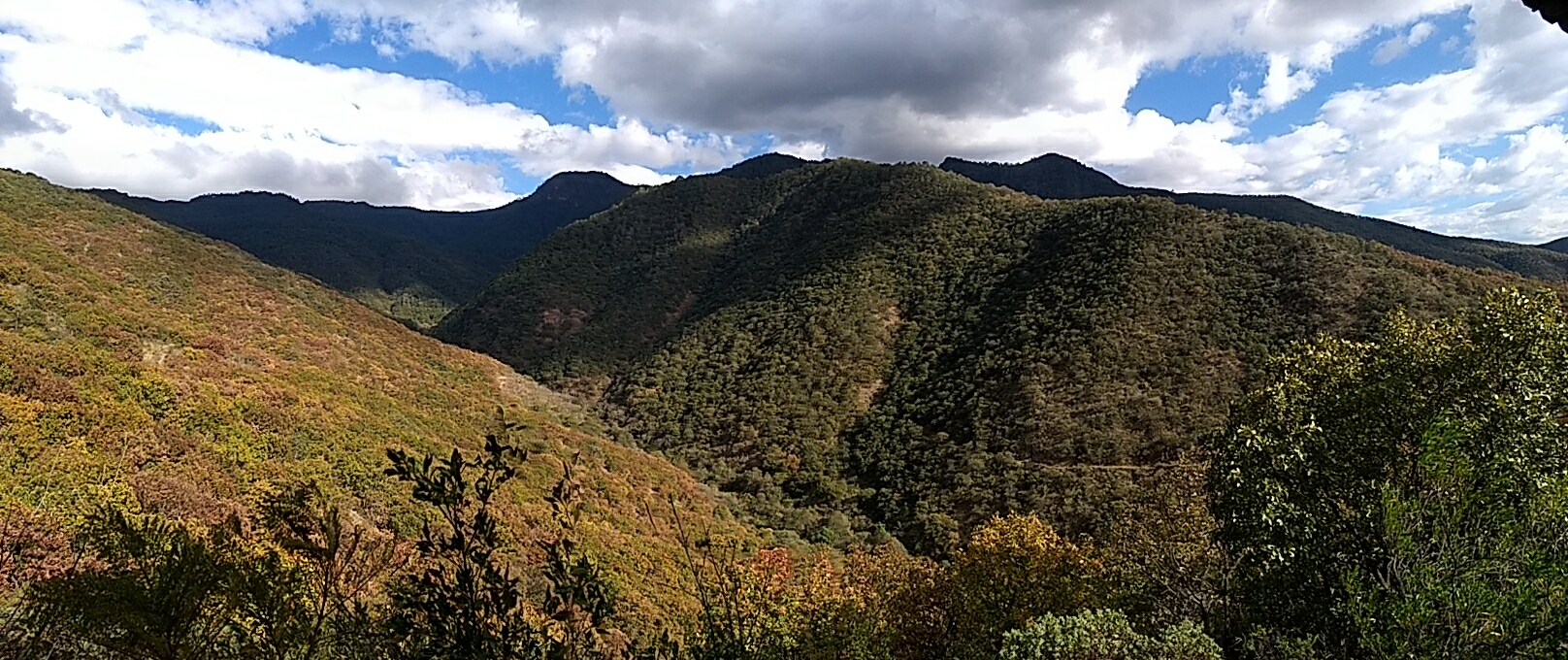What do coastal resort towns and mountainous coffee farms have in common with peri-urban Oaxaca? Other than places visited by Bard CEP during our time in Mexico this January, they are home to communities that recognize the value of nature and natural spaces and are working at the local level to preserve them.

A short van ride into the hills surrounding Oaxaca City is the community of San Pablo Etla. Thirty years ago, San Pablo Etla decided that it was in its best interest to cease natural resource extraction in the form of logging and begin reforestation and other environmental practices. It simultaneously began to develop La Mesita, a site for both conservation and environmental education.
Under a communal land ownership structure known as usos y costumbres, the pine-oak forests of San Pablo Etla are visibly different from those of neighboring communities that have allowed logging to continue. In those communities, ongoing natural resource extraction has led to two problematic outcomes: first, a “survival of the worst” trees due to high grading, and second, a high-level distrust of outsiders due to bioprospecting.

As part of our tour of La Mesita, our group met with Dr. John Williams, who is currently studying the local forests to monitor their biomass. According to him, members of the community are particularly interested in evaluating the current and potential carbon storage of the area to use for payment for ecosystem services systems. This could help the community recover the lost income stream from logging, and it is one of the ways in which John was able overcome misgivings about his research.

The process of gaining a community’s trust as part of the scientific research process has also been a large part of entomologist Dr. Alfonsina Arriaga Jiménez’s work. During her study of biodiversity in the area, she has built considerable relationships with communities. She not only engages them in the process through educational materials and presentations, but also convinces them that she is really only interested in the dung beetles (an indicator species), without a hidden agenda for developers. Further connecting biodiversity and conservation to community, she told us the story of a group of girls in another indigenous community who’ve named themselves after the indigenous name for a local species of bird that has gone extinct within the last generation.
These ideas culminate in La Mesita, the most public part of San Pablo Etla’s conservation area. There, community members, people from the city, and tourists come and learn about conservation and the environment. The site has many demonstrative and artistic features on this theme, ranging from a tree and plant nursery, to a water filtration system, to an impressive collection of agave varietals, to sculptures by local artists.
The land itself of La Mesita is a testament to the community’s environmental management; once eroded and barren, it is now a landscape that reflects the values and commitment of the people who care for it.

